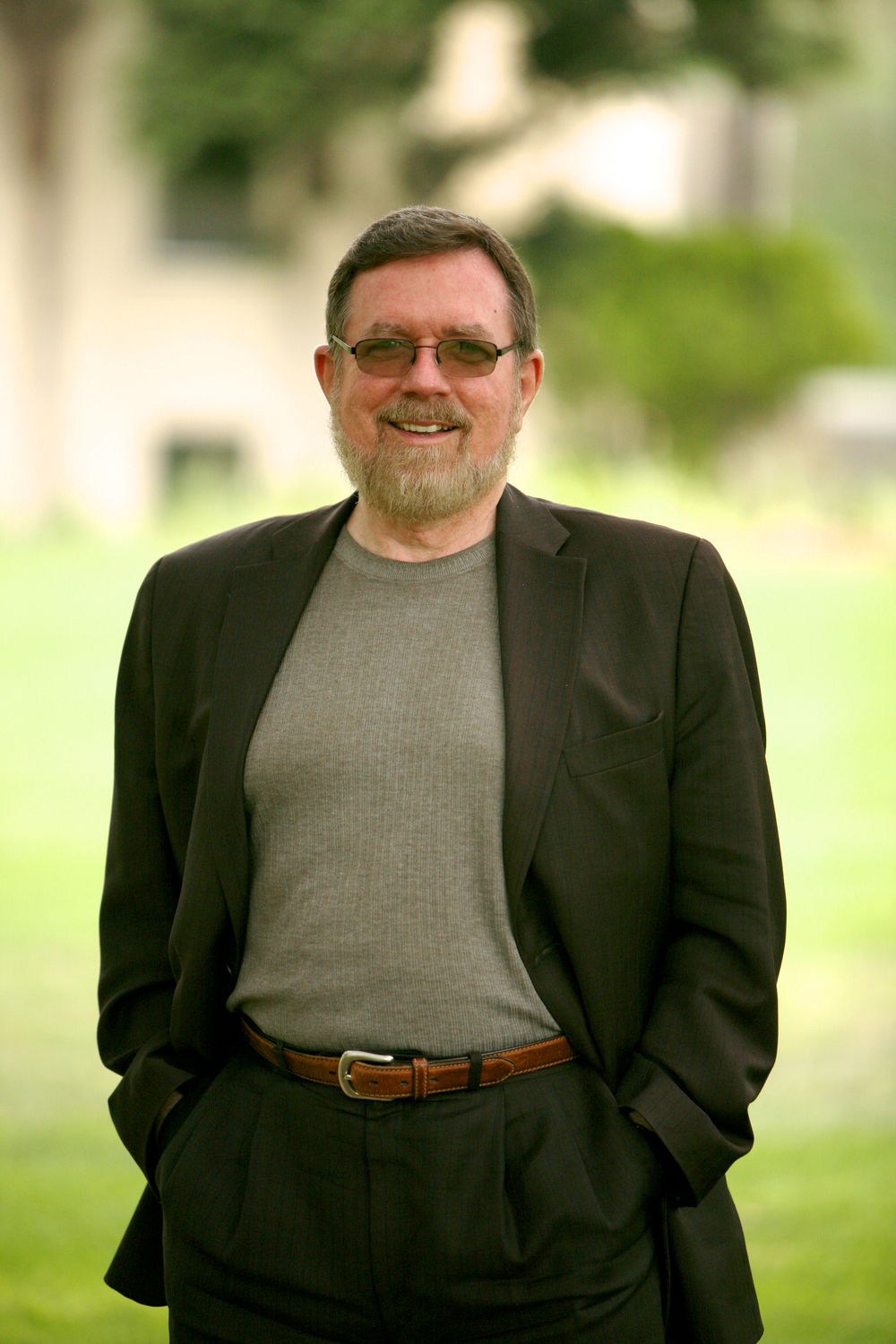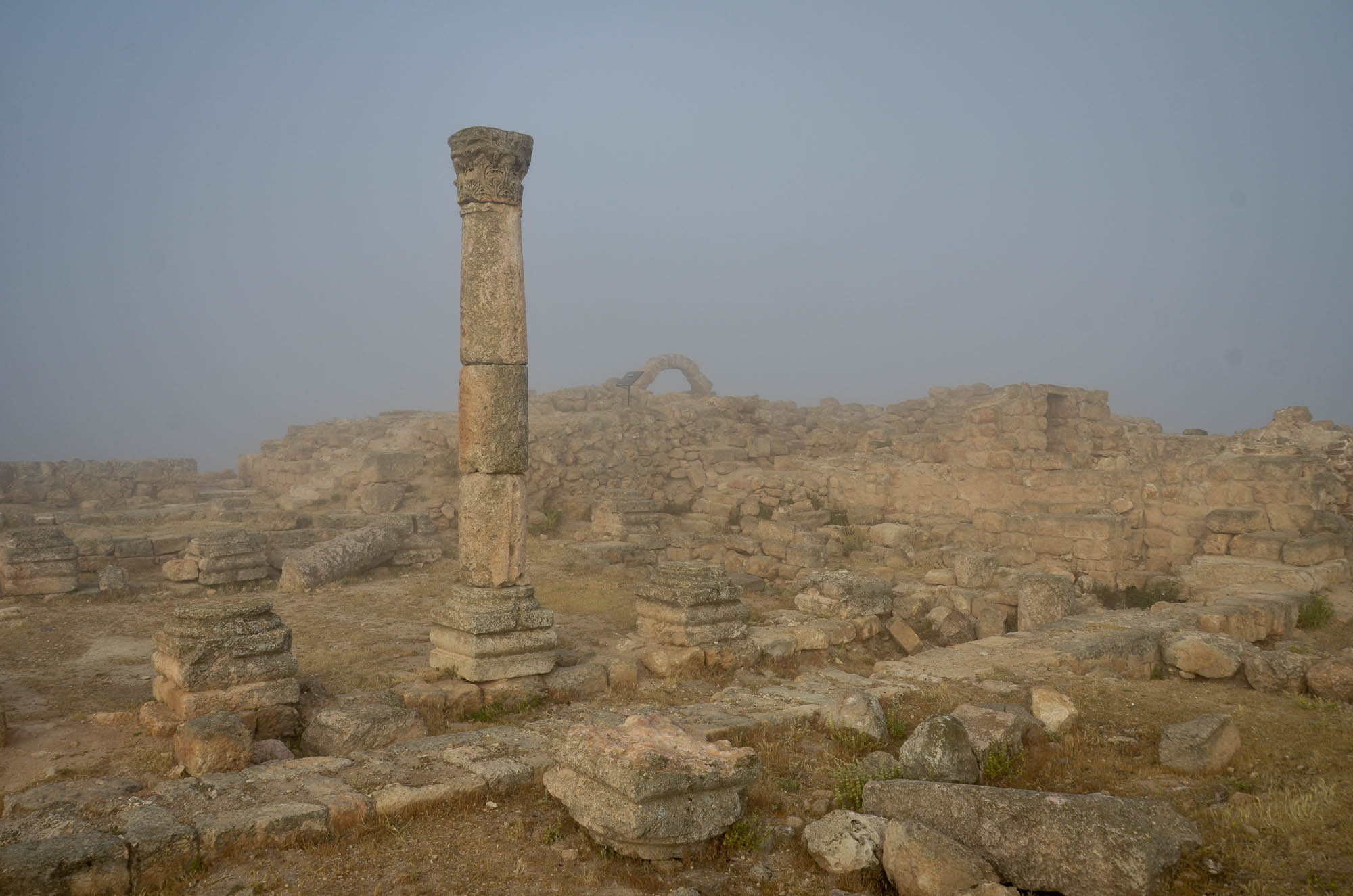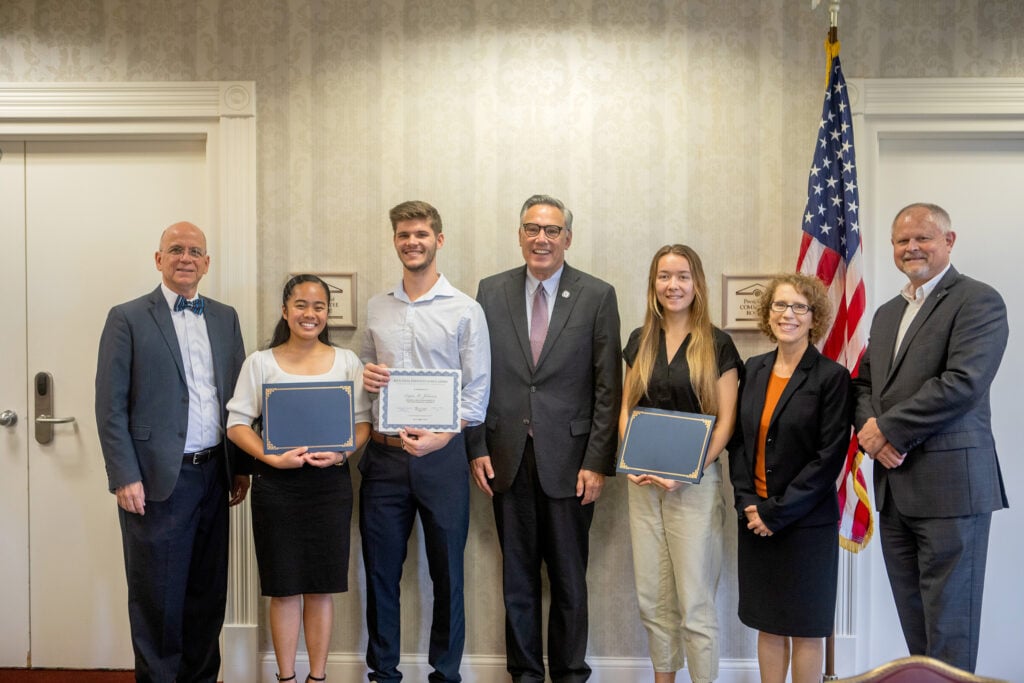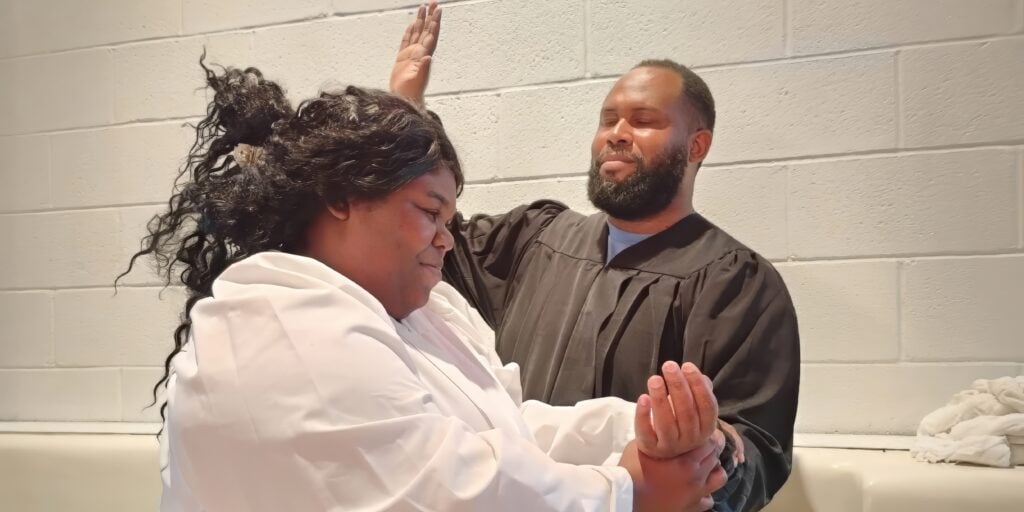Archaeology is integral to understanding past cultures and informing present society, but excavations attract thieves and the work itself leaves behind its own scarred history. A new endowment aims to help change things.
The Lawrence T. Geraty Community Archaeology Endowment was established last year at the American Schools of Oriental Research (ASOR), based in Alexandria, Virginia. The main purpose of the endowment is to prevent damage to excavation sites in the Middle East and spur local ownership of cultural heritage while creating economic opportunity. Geraty, the endowment’s namesake, is a past president of ASOR, president emeritus of La Sierra University, and a long-time archaeologist who co-founded the Madaba Plains Project (MPP), a collection of three major excavation sites in Jordan—Tall Hisban, Tall Jalul, and Tall al-‘Umayri.

Endowment organizers have set a first phase fundraising goal of $50,000. Thus far about $30,000 has come from individual donors including Geraty and his wife Gillian, their family members, and archaeology colleagues.
“That my name would be connected to this timely initiative is most rewarding,” Geraty said. “Too often American archaeologists have done great field work, even published their results, but left the actual sites themselves to deteriorate without signage and a plan to care for them in perpetuity. Such a fund fills an important void in archaeology. It’s a byword that archaeological excavation is destruction, but with this new endowment, hopefully it will become known for preservation.”
“The site that consistently draws the most visitors is Tall Hisban, or biblical Heshbon. It is where our [Madaba Plains Project] got started, and where four of five MPP directors cut their teeth in archaeology. The site is owned by the government and has been singled out by the Department of Antiquities as a major touristic destination in Central Jordan,” said archaeologist Øystein LaBianca, professor of anthropology at Andrews University in Berrien Springs, Michigan, and director of the Tall Hisban Cultural Heritage Project.

LaBianca added that the endowment will “provide an on-going signal to our host community and the local government that we stand with them in preventing the destruction and looting of the site and in making it a destination for tourism and a source of income and other benefits to the local community. In making this sort of long-term commitment, we are setting a new standard for projects in Jordan and the wider region.”
Ahmad AlMousah, board president of Selah, a nonprofit established in Jordan to raise awareness of and protect cultural heritage, noted the significance of community involvement. “When you want to protect archaeological sites, you should start with local communities, because if communities are involved, they will care and feel proud of their heritage,” he said.
LaBianca, Geraty, archaeologist Doug Clark, director of La Sierra’s Center for Near Eastern Archaeology, as well as Larry Herr, professor emeritus of Burman University in Lacombe, Alberta, Canada, and Randall Younker, director of the Institute of Archaeology at Andrews, were involved in establishing the three sites throughout the decades, beginning with Hisban in 1968. The Madaba Plains Project celebrated its 50th anniversary last year with events at several locations and culminating in a celebration for last November’s Archaeology Discovery Weekend at La Sierra University.
For further information about the Lawrence T. Geraty Community Archaeology Endowment, visit https://multi.madabaplains.org/the-lawrence-t-geraty-community-archaeology-endowment/.
— Darla Martin Tucker is director of public relations for La Sierra University in Riverside, California.




